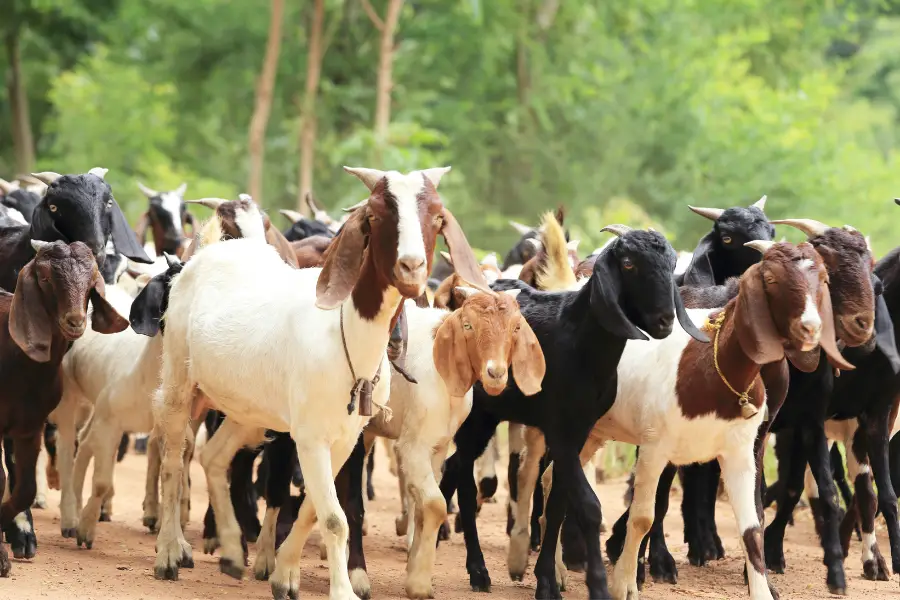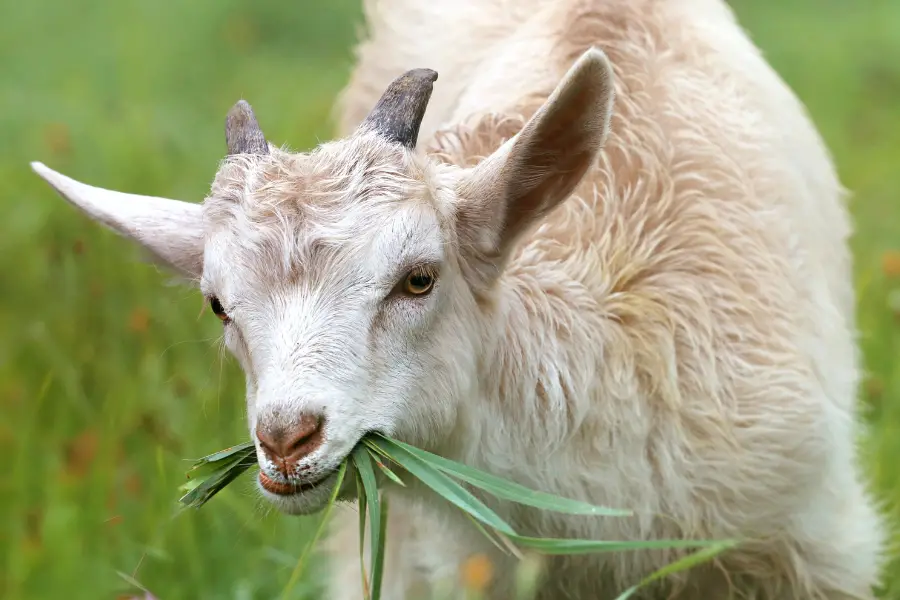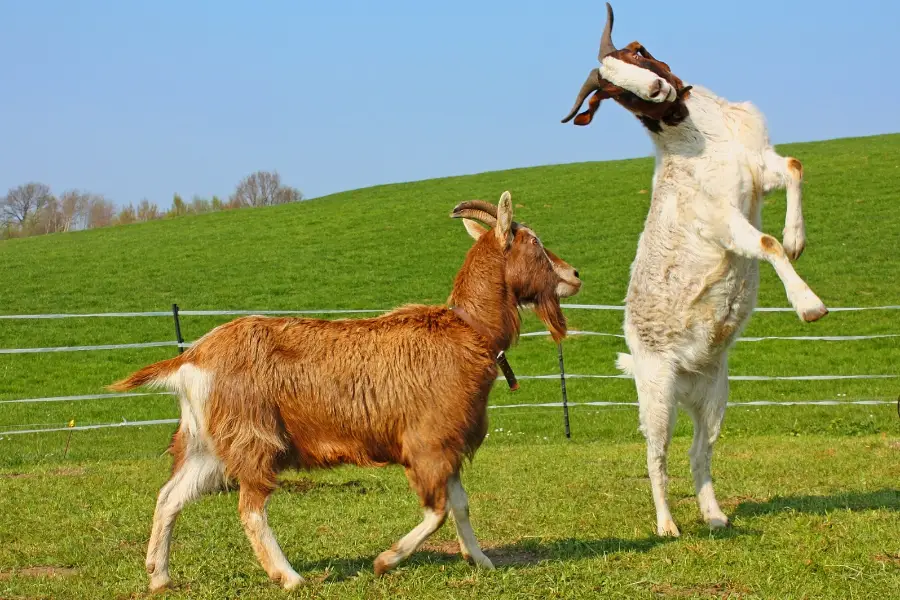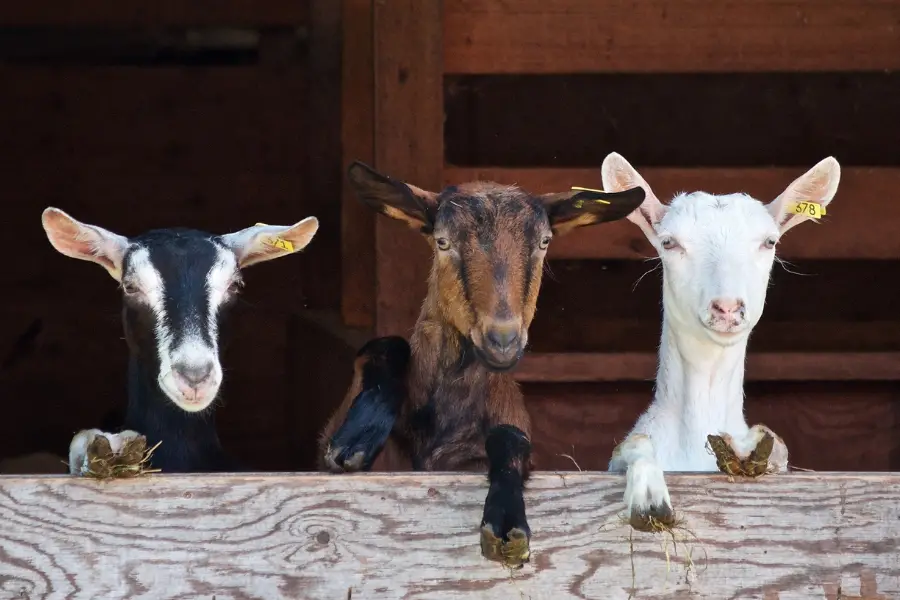Are you considering getting into raising meat goats for profit, but are still on the (goat) fence?

Table of contents
Infographic – Why Meat Goats?

The US Goat Meat Market
The goat meat market in the U.S. presents a unique landscape. Here’s an overview:
Rising Demand
In the U.S., demand for goat meat is growing. This uptick is partly driven by the increasing popularity of ethnic cuisines where goat meat is a staple. Moreover, health-conscious consumers are finding goat meat appealing because of its lower fat and calorie content compared to beef and chicken.
Market Growth
The goat meat market in the U.S. is experiencing moderate growth. Factors contributing to this include shifting dietary habits, an expanding consumer base due to immigration, and urbanization.
Challenges
However, the industry also grapples with certain challenges. Supply chain inefficiencies, animal health and disease management issues, and inconsistencies in the quality of goat meat are significant concerns. Furthermore, the industry relies heavily on traditional methods of goat rearing, leading to lower productivity.
Sustainability and Organic Farming
There’s a marked trend toward sustainable and organic farming practices. U.S. consumers are becoming increasingly aware of the environmental impacts of industrial farming and are showing preference for organically reared and ethically sourced meat. Goat farming, which is generally more sustainable than beef or poultry production, stands to gain from this shift.
Geographical Variation
While goat meat production is not as high in the U.S. as in some other countries, certain regions, particularly those with higher concentrations of ethnic groups accustomed to consuming goat meat, are seeing more demand.
Conclusion
The U.S. goat meat market is characterized by increasing demand and moderate growth, with a trend toward more sustainable and organic farming practices. However, it also contends with several challenges related to supply chain management, animal health, and quality control.





One response to “Why Raise Meat Goats? Trends, Target Markets & How To Profit”
free email course and goat info please
thanks